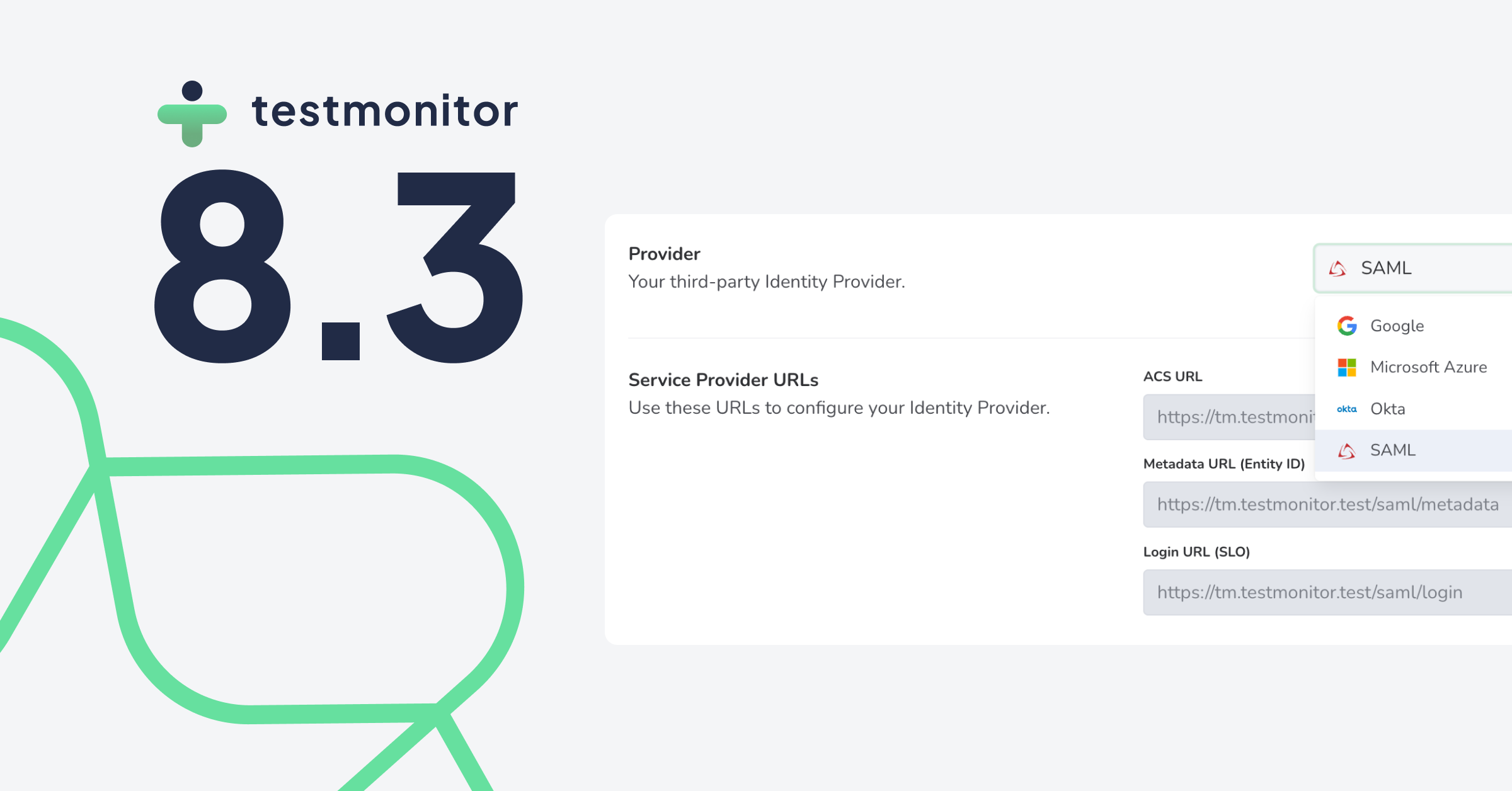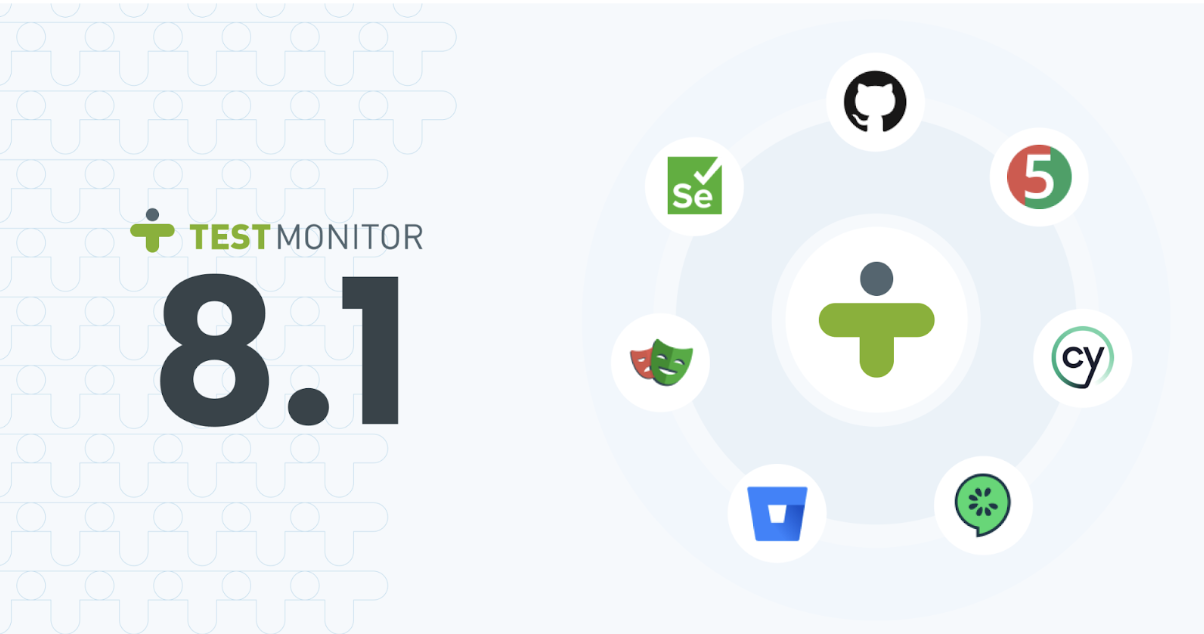Introducing TestMonitor 8.3


Introducing TestMonitor 8.3
Dec 15, 2025
2
min read
The Complete Guide to ERP: Solving the Implementation Problems That Derail Your Go-Live


The Complete Guide to ERP: Solving the Implementation Problems That Derail Your Go-Live
Dec 04, 2025
9
min read
A New Look and a New Chapter: TestMonitor x Cerios


A New Look and a New Chapter: TestMonitor x Cerios
Nov 12, 2025
1
min read
The QA Manager's Essential Guide to Test Management


The QA Manager's Essential Guide to Test Management
Nov 06, 2025
9
min read
The Best Alternatives to Traditional Excel-Based Test Tracking


The Best Alternatives to Traditional Excel-Based Test Tracking
Nov 05, 2025
4
min read
The Complete Guide to User Acceptance Testing (UAT)
-min.jpg)
-min.jpg)
The Complete Guide to User Acceptance Testing (UAT)
Oct 08, 2025
16
min read
Why a Dedicated Tool Is Key for Jira Test Case Management


Why a Dedicated Tool Is Key for Jira Test Case Management
Sep 24, 2025
4
min read
5 Steps to Easy Tester Onboarding


5 Steps to Easy Tester Onboarding
Sep 24, 2025
4
min read
Introducing TestMonitor 8.1


Introducing TestMonitor 8.1
Sep 21, 2025
6
min read
How to Measure the ROI of Quality Assurance in Software Testing


How to Measure the ROI of Quality Assurance in Software Testing
Sep 04, 2025
4
min read